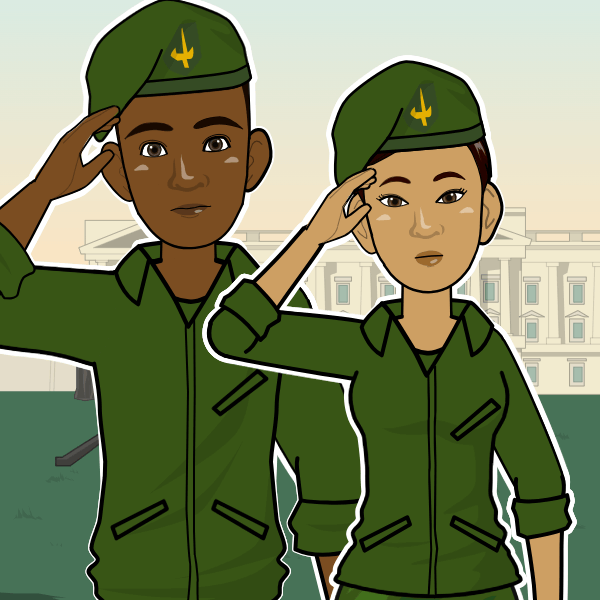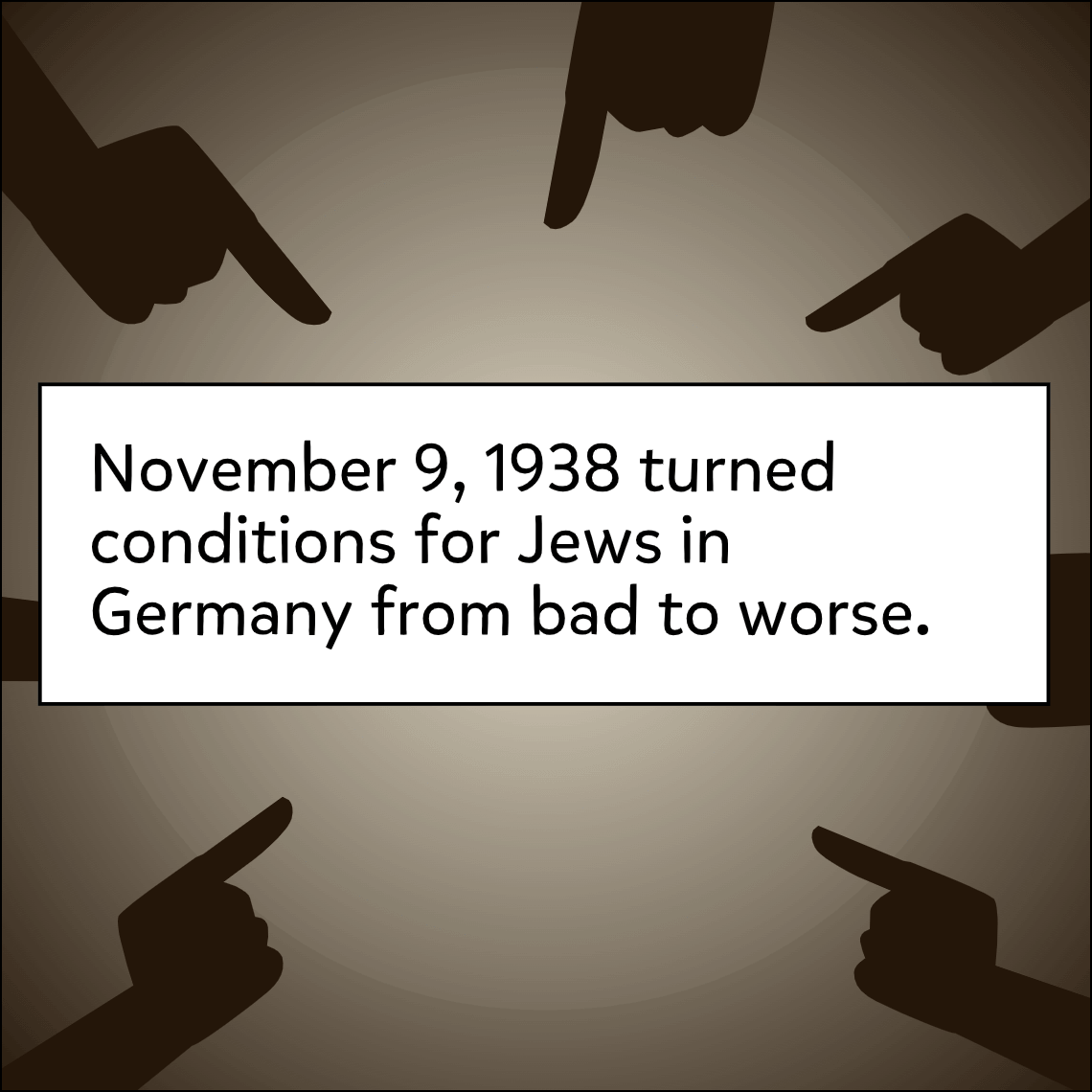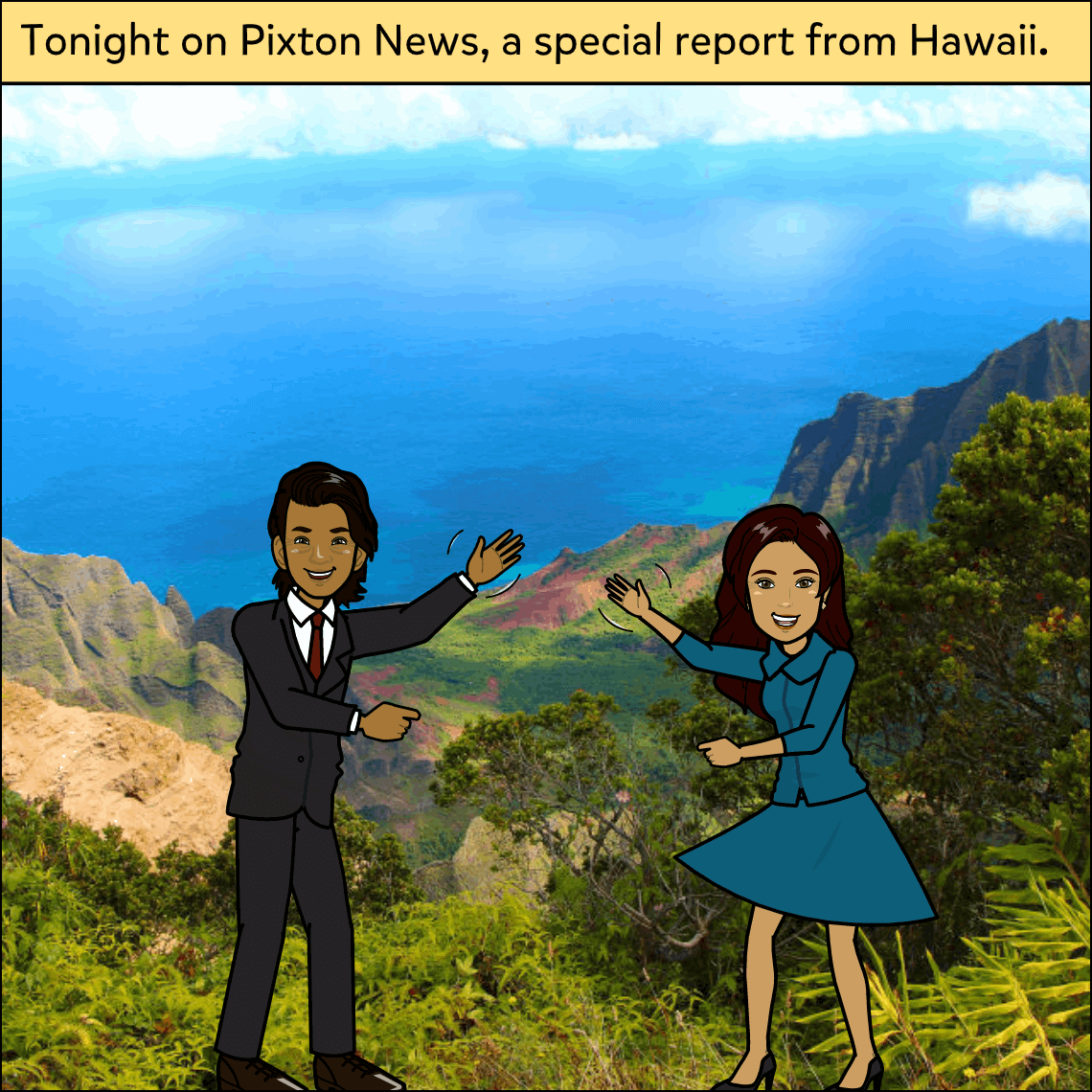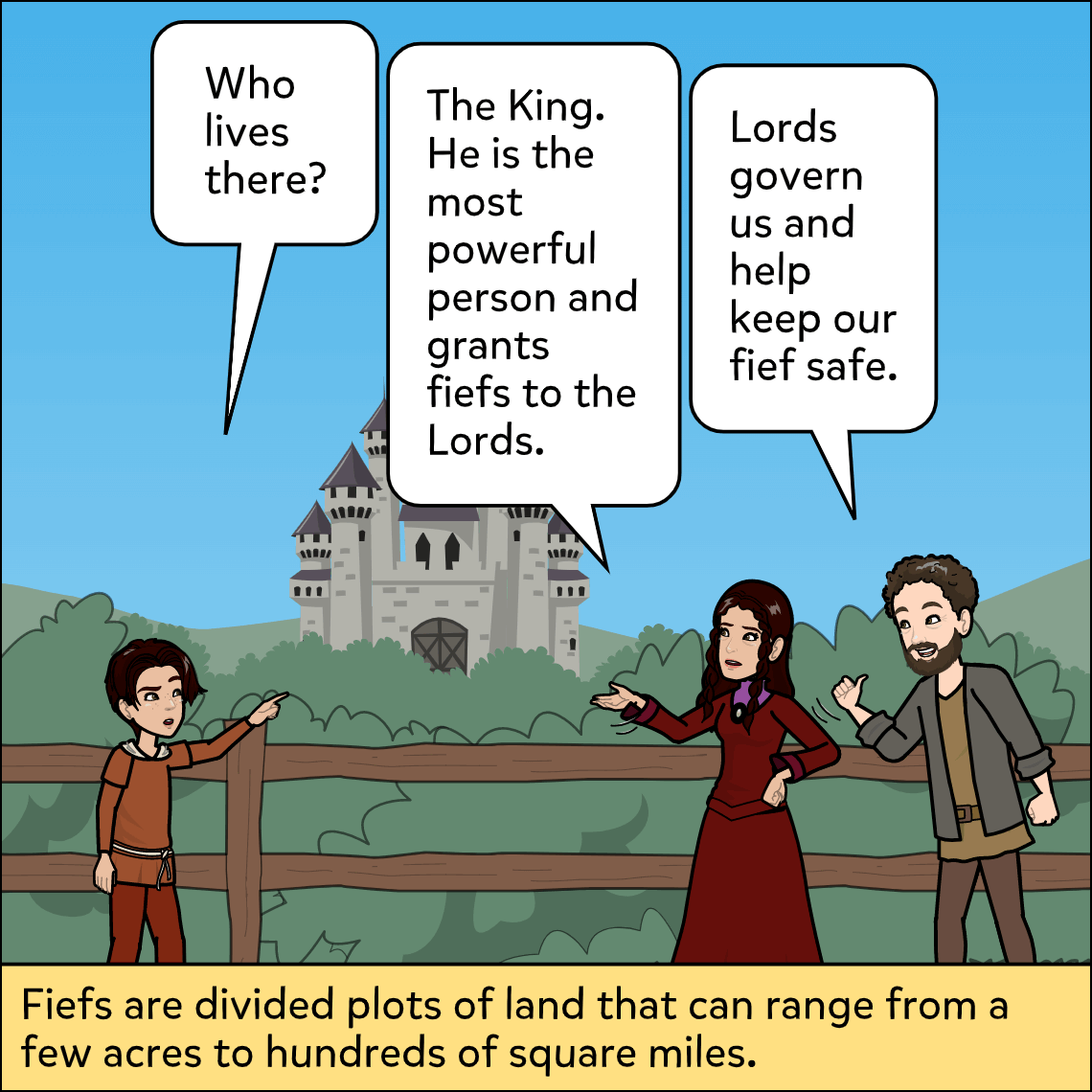Subject: Social Studies
Lesson Length: 55 - 60 mins
Topic: The Interwar Years and the Events Leading to WWII
Brief Description: Students will investigate key events during the interwar years that indirectly or directly lead to World War II.
Know Before You Start: It helps for students to have an understanding of the effects of WWI. Remind students that the “interwar years” means the period of time between WWI and WWII. Terms to know: League of Nations, Treaty of Versailles, Great Depression, reparations.
Hook:
-
Ask students to remember and discuss a significant event in their lives.
-
Introduce the expression “hindsight is 20/20” and discuss with students how they might change the course of that event after looking back at what happened.
-
Lead this into a discussion of how historians view the interwar years.
-
Read and discuss the sample comic.
-
What might have prevented an evil leader such as Hitler from coming to power?
-
Could anything have been done during the interwar years to prevent his rise to power?
-
Activity:
- Assign each student a significant event from the interwar years (1920-1939). Events may include:
- Benito Mussolini becoming Premier
- The Beer Hall Putsch
- The Munich Pact
- Stalin takes control of the Soviet government
- The Locarno Pacts
- Using the sample comic as a guide, have students create a two-to-three-panel comic describing this event. Comics should include:
- The significance of the event and its connection to WWII.
- The date of the occurrence.
- The important people and/or places that played a role.
Closure:
-
Have students create a class timeline using their printed comics or simply write the name of the event on a timeline on the board.
-
Have students present their finished comics to the class.
Differentiation:
- Allow students to use the speech-to-text feature.
- Allow students to use the voiceover feature to read their comics aloud.
- Allow students to work in pairs or groups as needed.
- Display comic expectations for independent work.
 World War II
World War II
 The Diary Of Anne Frank
The Diary Of Anne Frank
 Military
Military


